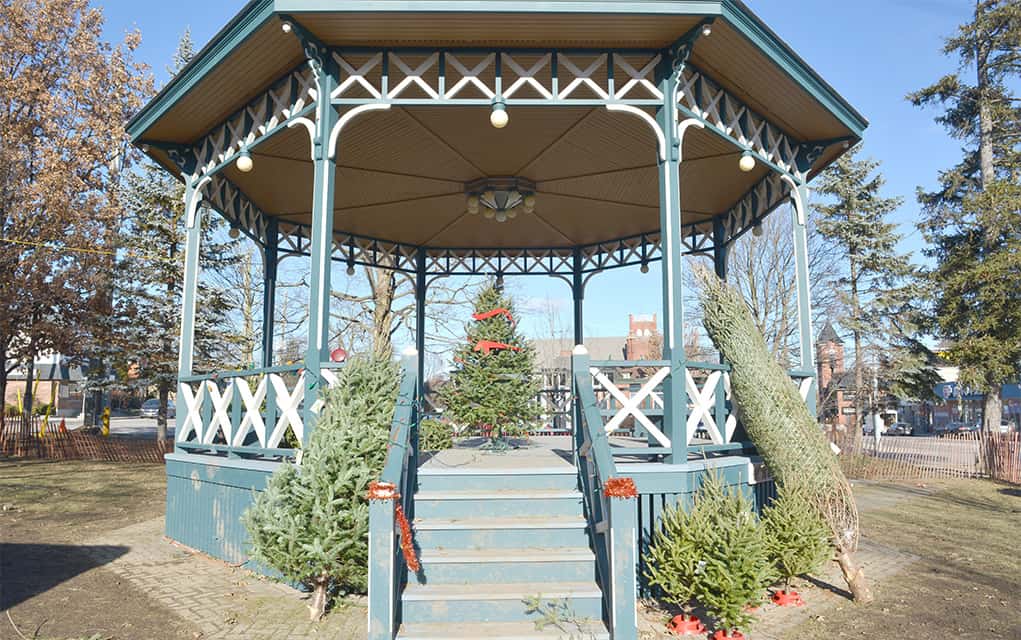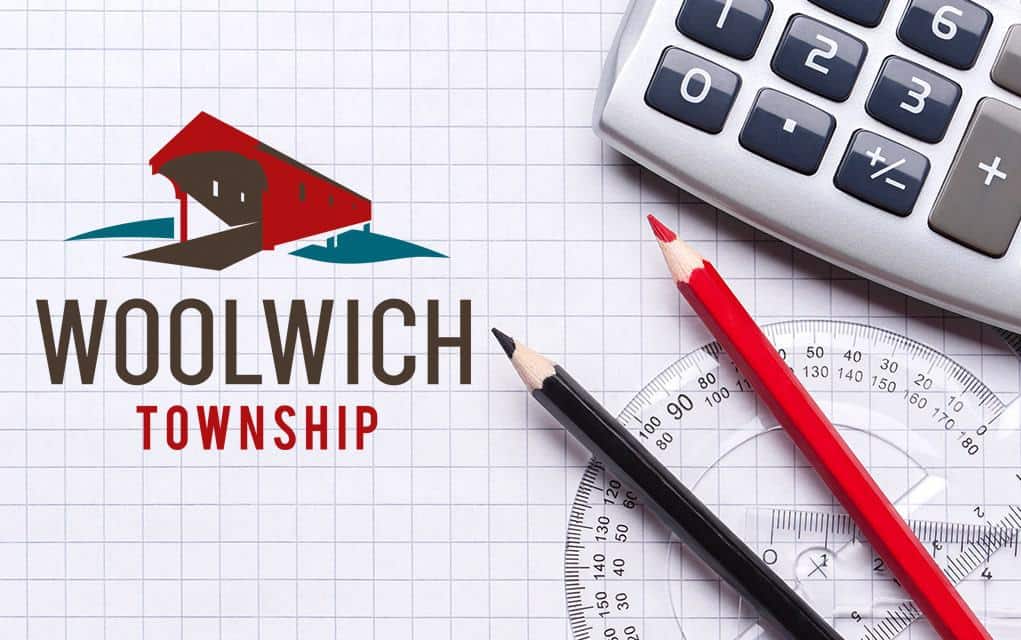;
;
;

Speed humps if necessary, but not necessarily speed humps. The vehicle-slowing roadway additions were the centre of attention this week as Woolwich council discussed a new traffic-calming report. Councillors largely lamented an apparent lack of progress in addressing some consistent complaints about
Last updated on May 03, 23
Posted on Dec 20, 18
2 min read
